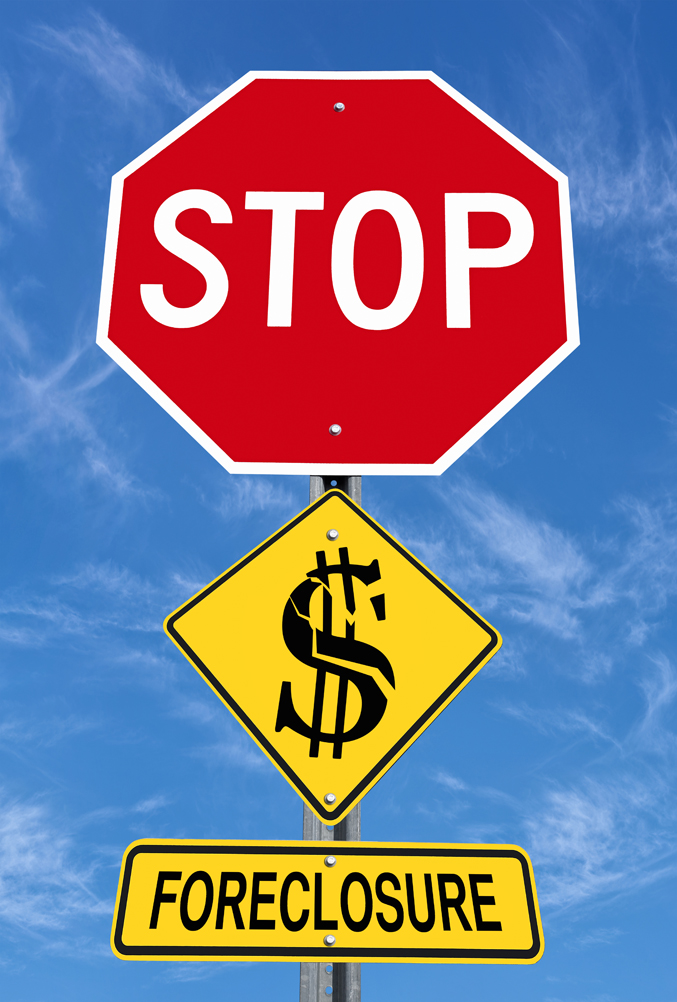 The headline on a recent Reuters story caught my attention:
The headline on a recent Reuters story caught my attention:
Banks foreclosing on churches in record numbers
The lede — in classic inverted-pyramid fashion — got straight to the point:
LOS ANGELES (Reuters) - Banks are foreclosing on America's churches in record numbers as lenders increasingly lose patience with religious facilities that have defaulted on their mortgages, according to new data.
The surge in church foreclosures represents a new wave of distressed property seizures triggered by the 2008 financial crash, analysts say, with many banks no longer willing to grant struggling religious organizations forbearance.
Since 2010, 270 churches have been sold after defaulting on their loans, with 90 percent of those sales coming after a lender-triggered foreclosure, according to the real estate information company CoStar Group.
In 2011, 138 churches were sold by banks, an annual record, with no sign that these religious foreclosures are abating, according to CoStar. That compares to just 24 sales in 2008 and only a handful in the decade before.
The church foreclosures have hit all denominations across America, black and white, but with small to medium size houses of worship the worst. Most of these institutions have ended up being purchased by other churches.
After reading the entire story — roughly 1,000 words — I have two main reactions. The first is a general journalistic reaction. The second relates more specifically to the actual religion content (that's our purpose at GetReligion, after all).
-- Reaction No. 1: The piece lacks perspective.
By that, I mean that Reuters fails to put the numbers reported up high into context. Yes, I understand that a record 138 churches were sold by banks in 2011. But how many churches paid their mortgages on time and were not sold? Is 138 really a lot? The story fails to provide enough background for readers to answer that question.
Instead, the report makes broad statements such as claiming that the crisis has hit "all denominations, black and white, but with small to medium size houses of worship the worst." The racial note is a bit strange given that many denominations are quite diverse. The reference to small to medium size houses of worship seems to require additional clarification. How big, for example, is a "medium size" house of worship?
There is this brief note at the end:
There are more than 300,000 churches in the United States.
"The church foreclosure market isn't anything extraordinary," said Rolfs. "It's simply another byproduct of the credit bubble."
-- Reaction No. 2: The piece lacks theological content.
The story approaches the issue from a purely financial standpoint. Reuters makes no attempt to delve into any intriguing religious questions, such as what it means that churches — who presumably hold theological beliefs on debt and finances — are defaulting on loans.
What would Jesus do when faced with a church foreclosure? Or would he have gone into debt in the first place? Maybe it's just me, but I'd love to see such questions explored.
Surely some (or most?) of these churches have faced not just foreclosures but crises of faith, right?
Vague reference is made to an evangelical credit union:
During the property boom, many churches took out additional loans to refurbish or enlarge, often with major lenders or with the Evangelical Christian Credit Union, which was particularly aggressive in lending to religious institutions.
I'd love to know more about exactly what the Evangelical Christian Credit Union is.
All in all, I can't help but think there's an important story behind these church foreclosure numbers. I just don't think this Reuters report is the one.
Now, it's your turn, gentle GetReligion readers: Read the story and weigh in. Am I being too critical? What questions would you ask? What would make the piece better? Did Reuters nail the story or not?
What say ye?
